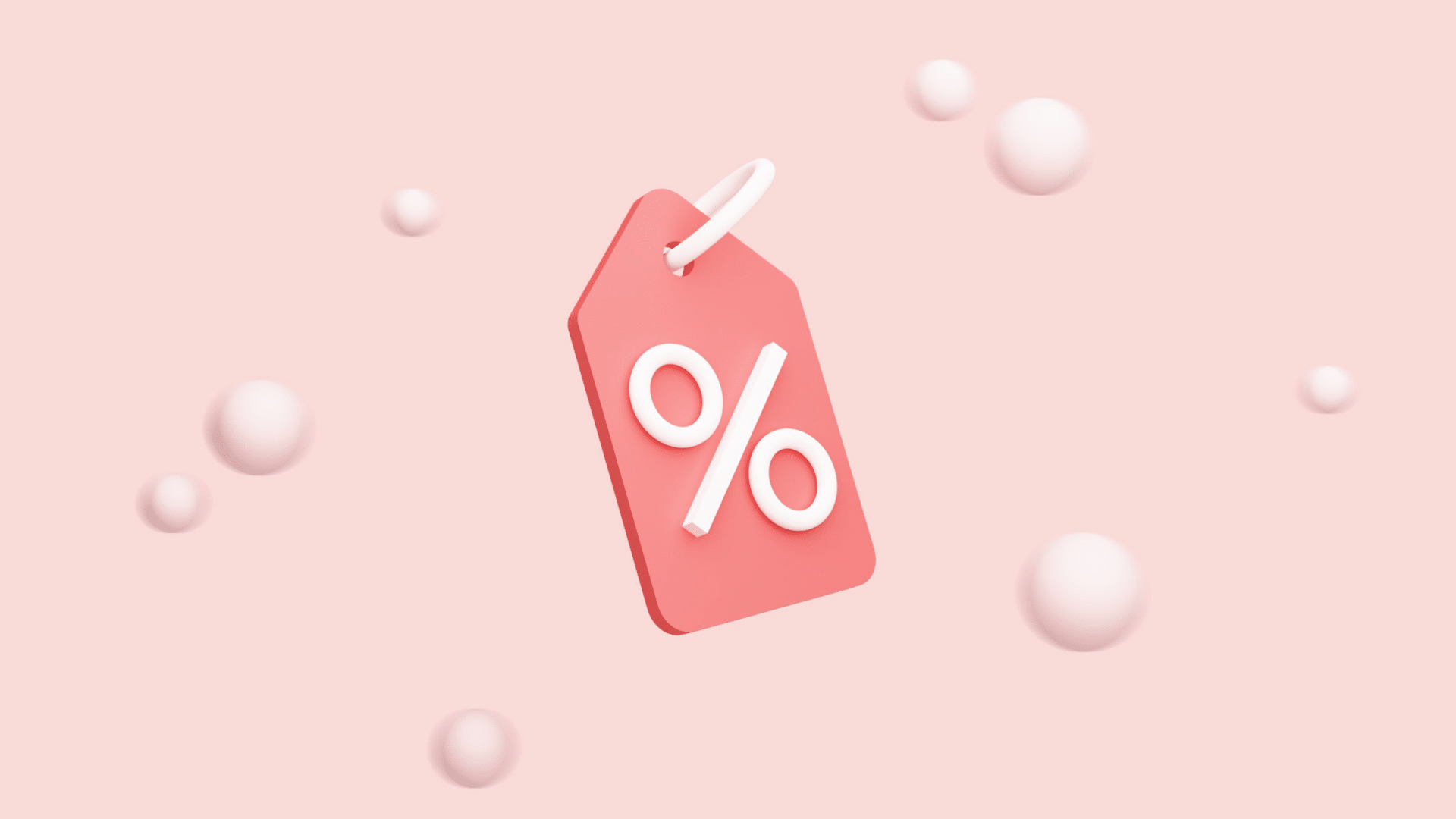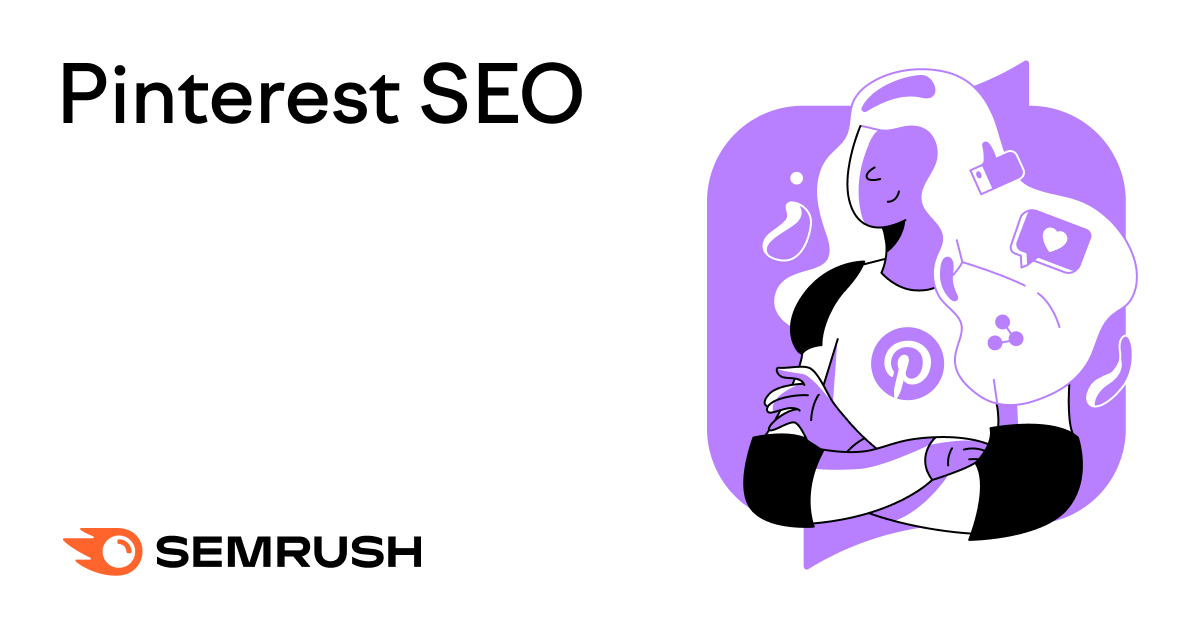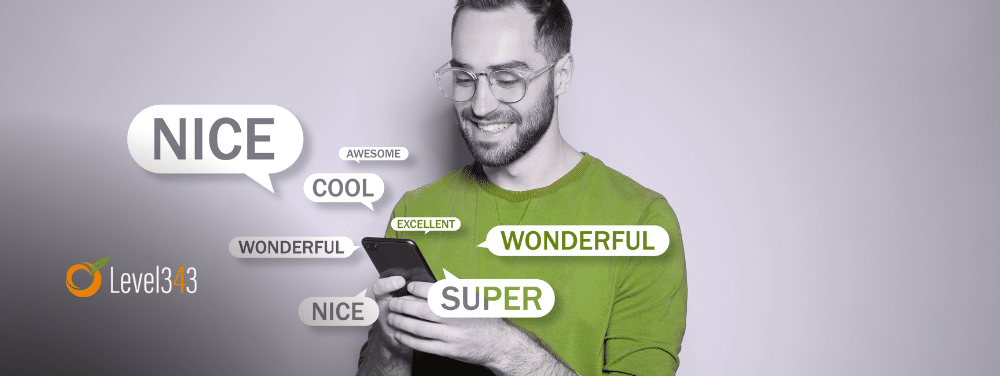3 tips for boosting sales with paid search promos and discounts

Fall is here, and that means holiday sales are right around the corner.
Black Friday and Cyber Monday are two of the largest online shopping days of the year, with Cyber Monday 2022 breaking records with almost $12 billion in sales.
These consumerist holidays are huge opportunities for businesses to rack up sales, so it’s important to be prepared.
There are many different ways to prepare your marketing funnel for Black Friday and Cyber Monday.
This article will focus on one specific aspect: paid search.
Having a well-built paid search strategy is critical for most growing businesses but can be a fantastic way to boost sales during key times of the year with promotions.
Promotions are a fantastic way to get your ads to stand out from the crowd on a normal day, but they’re a must on Black Friday and Cyber Monday.
Here are three ways to use promotions and discounts in paid search to help you boost sales and capitalize on the holiday rush.
1. Create new ad copy
The most obvious way to use your promotions and discounts in PPC is to emphasize promotions and discounts in a new set of ad copy.
Using multiple headlines and descriptions to get customers excited about your promotion is simple but takes more work than the other two options.
One caveat to consider when creating all new ad copy for your promotions is that you need to ensure the ads start and stop at the correct times. I recommend using the labels feature to automate this process.
Decide what ad you want to use before and after the promotion and label them appropriately. I call these ads “evergreen” so I know this is my standard ad that is always relevant.
You then need to create your ad. Once done, label them as a promotion and the event/year you’re running them so you don’t run into labeling issues in the future.
For instance, if I were to create ads for Black Friday 2023, I would label them “Promo – BlackFriday2023.”
Make four automated rules to enable and disable the ads at the right times. Let’s say in this example that you want the ads to start on 11/21 and end on 11/28 for Black Friday. Here are the four rules you would set up:
- Disable all ads labeled “Evergreen” in the campaigns to which you’re adding the promotion. Set this to run once on 11/21.
- Enable all paused ads labeled “Promo – BlackFriday2023.” Set to run once on 11/21.
- Disable all ads labeled “Promo-BlackFriday2023.” Set to run once on 11/28.
- Enable all paused ads labeled “Evergreen.” Set to run once on 11/28
Setting these rules up takes the stress out of launching and pausing promotional paid search ads so you can focus on crushing this holiday season.
One of the biggest hassles of advertising promotions is the time it takes to create sales-specific ad copy.
This isn’t a big deal if you only have a couple of campaigns in the account, but what if you have 200 campaigns and 50 different sales to promote?
If that’s the case (or even if it’s not), then promotion assets are for you.
Promotion assets are ad assets that allow you to highlight relevant promotions for your business without creating specific ad copy.
Assets are additive to your normal ad copy, so you’ll only need to create one promotion asset per promotion, and you can have them run at the campaign or account level.
Since creating new ads resets the performance data, promotion assets will allow you to add promotions without affecting your ad data.
Another benefit of promotion assets is setting the time frame you want them to run.
This eliminates the stress of going into Google Ads and manually pausing promotions once they’re over, which is especially useful during flash sales, where many products go on sale for a short period.
Get the daily newsletter search marketers rely on.
3. Consider dynamic keyword insertion
What if you don’t have any specific promotions that you want to call out in your ad copy? Or, what if you always have generally cheaper prices than your competition?
This is where dynamic keyword insertion comes in.
Dynamic keyword insertion is a way for you to “automatically update your ads with the keywords in your ad group that caused the ad to show,” according to Google.
This enables you to easily tailor your ads to the individual user without having to create a thousand different ad groups and ad variations to match their search.
Let’s take a look at an example:
Imagine you own your own clothing business, and you want to promote discounted jeans in a paid search campaign. You decide that you want your ad to show up for people who are looking for “blue jeans,” “denim jeans” and “jeans” and you want the first headline to match the user’s search exactly.
To do this, you have two options:
- Create a unique ad group for each of those keywords and tailor the ad copy to the respective keyword.
- Use dynamic keyword insertion to have a single ad tailor to all of those keywords.
Instead of typing out “Buy Discounted Blue Jeans” as a headline, you can use “Buy Discounted {KeyWord:Jeans}” and the headline will dynamically change for each of the keywords:
- Blue Jeans = “Buy Discounted Blue Jeans”
- Denim Jeans = “Buy Discounted Denim Jeans”
- Jeans = “Buy Discounted Jeans”
The headline will update with whatever user search includes the words “Jeans.”
The only exception is if the user search exceeds the character limit, the headline will default to “Buy Discounted Jeans.”
The holiday months are often a make-or-break season for small and large businesses looking to get ahead of the competition.
When utilized correctly, paid search can be that advantage. Using your promotions and discounts in tandem with paid search can make a huge difference during Black Friday and Cyber Monday.
By using these tips to use promotions and discounts in your paid search strategy properly, you’re well on your way to a successful holiday season.
Opinions expressed in this article are those of the guest author and not necessarily Search Engine Land. Staff authors are listed here.
Source link : Searchengineland.com



